With more people reading manga and Webtoons (aka vertical scroll comics) than ever before, Beat’s Bizarre Adventure gives three writers an opportunity each week to recommend some of their favorite books and series from Japan, Korea, and elsewhere. This week we have another intriguing Viz Original, a return to lesbian brothels, and, of course, demon princes.
The Death God
Writer/Artist: Crystal Jayme
Lettering: Annaliese “Ace” Christman
Publisher: VIZ
Stillness is a virtue that doesn’t get praised enough in making great comics and manga. Yes, crafting dynamic action sequences is not an easy task. Action scenes require so many complex skills to pull off effectively that those who draw them well consistently are considered masters. Creating a comic that consists of quiet scenes of drama and contemplation, though? A comic devoid of big action or emotional set pieces? That’s an even trickier skill for anyone to master.
Crystal Jayme’s Viz One Shot The Death God is a folktale told as a series of quiet images. Soren, a compassionate young man, lives in a world where everyone lives forever because they trapped the Death God long ago. But eternal life is not necessarily comfortable. The sick and the old become permanently bedridden, forever prevented from being at peace. So Soren decides to end their suffering by freeing the Death God.
This isn’t world building without philosophy. The characters confront each other about whether a world without death is a good world. Our lead’s naiveté about death leads to great horror. All of this is aided by Jayme’s haunting storytelling. She favors dead center compositions with characters drawn via side profile. Double page spreads are played for drama. Jayme knows that drama comes from the terrible consequences of a well-intentioned choice, and that a moment of revelation offers as much emotional impact as a punch. These choices give The Death God the qualities of a great folktale. It haunts us because it makes us confront something truthful within ourselves. — D. Morris
Asumi-chan is Interested in Lesbian Brothels! (Vol. 4-5)
Writer/Artist: Kuro Itsuki
Translation: Jennifer Ward
Adaptation: Asha Bardon
Lettering: Kai Kyou
Publisher: Seven Seas
Last volume’s events had me curious how the relationship between Asumi and Nanao would evolve. I never would have expected the direction that artist Kuro Itsuki took this volume. That surprise, though, was a welcome one.
It allows for the story to go on normally, but with an extra wrinkle thrown in. That wrinkle makes me feel slightly uncomfortable due to the underlying, still unfulfilled feelings bubbling between these two characters. I’m worried those feelings might explode eventually. At the same time, Itsuki has shown time and again that this series is meant to be a comfy read with just a few embarrassing moments. Whatever happens, I don’t imagine it will be too drastic.
I hope that in the coming volumes, the story will pick up more between Asumi-chan and her actual goal of finding Mai-chan. This series has to adhere to the idea that if they find one another the story is over. But maybe that’s the idea Itsuki is working under. The fourth volume also mentions an official ASMR audio short story with an accompanying manga chapter that’s been released in Japan. It would be nice to get those released in English.
This series is still firing on all cylinders and I can’t recommend it enough. Please give Asumi-chan your full support! — Derrick Crow
The Demon Prince of Momochi House
Author & Artist: Aya Shouoto
Translation: JN Productions
Touch-Up Art and Lettering: Inori Fukuda Trant
Design: Fawn Lau
Editor: Nancy Thistlethwaite
Publisher: VIZ
The Demon Prince of Momochi House by Aya Shouoto stood out to me first and foremost because of its atmosphere and artwork. Serialized from 2013 to 2019 in Monthly Asuka, it’s a supernatural romance with a lot of shōjo flair—and thanks to its 2024 anime adaptation by Studio Drive, it’s reaching a new wave of fans.
The premise is instantly intriguing: on her sixteenth birthday, Himari Momochi inherits a mysterious estate that everyone warns her is haunted. With nowhere else to go, she moves in—only to find three strangers already living there. That’s where the supernatural twist kicks in. The Momochi house exists on the border between the human and spirit worlds, and Himari was supposed to be its guardian. The problem? Aoi, one of the residents, has already taken on that role, becoming the Nue, protector of the estate. From there, the series builds on their romance while unraveling the secrets of the house and its otherworldly ties.
The concept of the house erasing memories of the current Nue is clever and tragic, giving the story dramatic weight. And the art—wow. Clean, detailed, and atmospheric, it balances humor and seriousness in a way that makes the pages feel alive. Aya Shouoto’s artwork is incredible. Even when the jokes didn’t land for me, I found myself pausing just to admire the visuals.
The art is strong enough to carry the weaker parts, like Shouoto’s skills at character development. Himari, while likable, often feels uneven—she can be dreamy and romantic in one moment, then unexpectedly cold and forceful in the next. Aoi, despite being at the heart of the plot, sometimes fades into the background instead of driving the story forward. The supporting cast also leans too heavily on familiar archetypes, which makes them less memorable.
Still, I found myself enjoying the anime adaptation quite a bit. It leans into that nostalgic early-2000s shōjo vibe, delivering the supernatural mystery and romance in a very watchable way.
Would I recommend The Demon Prince of Momochi House? If you’re into supernatural romances with gorgeous art and don’t mind some uneven character work, then yes! It’s a sweet series that fans of the supernatural romance genre should give a chance. Just be ready to fall for the aesthetic more than the story, which is in my opinion not always a bad thing. — Ilgın Side Soysal
Follow Beat’s Bizarre Adventure to get weekly manga and webtoon recommendations!








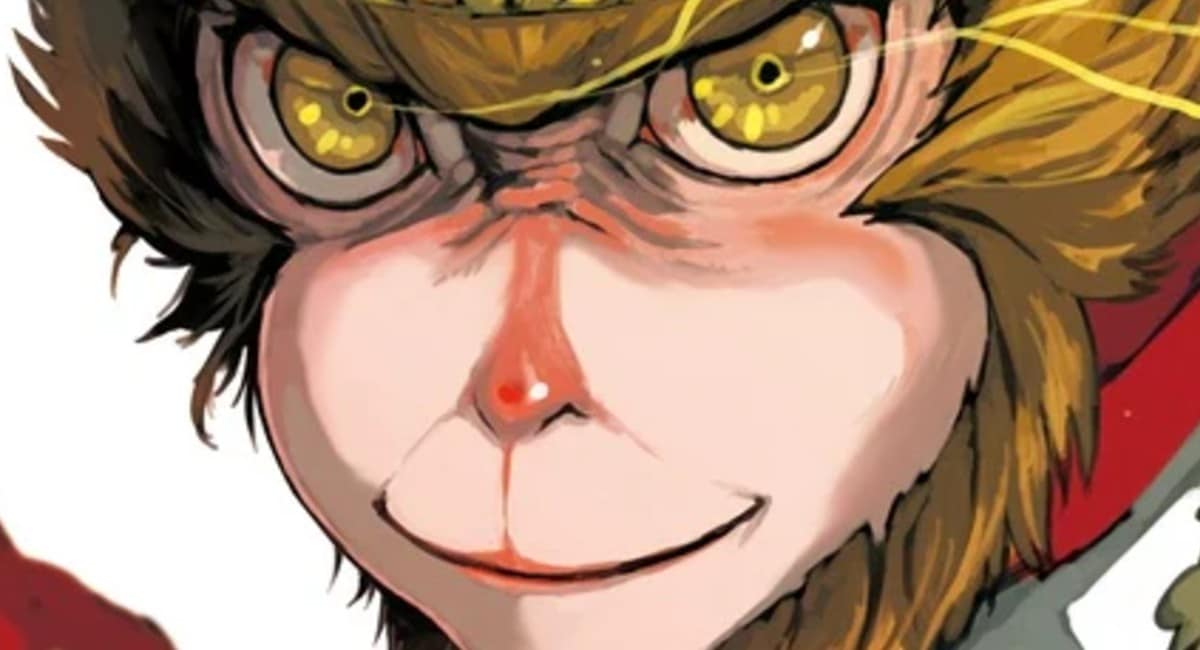
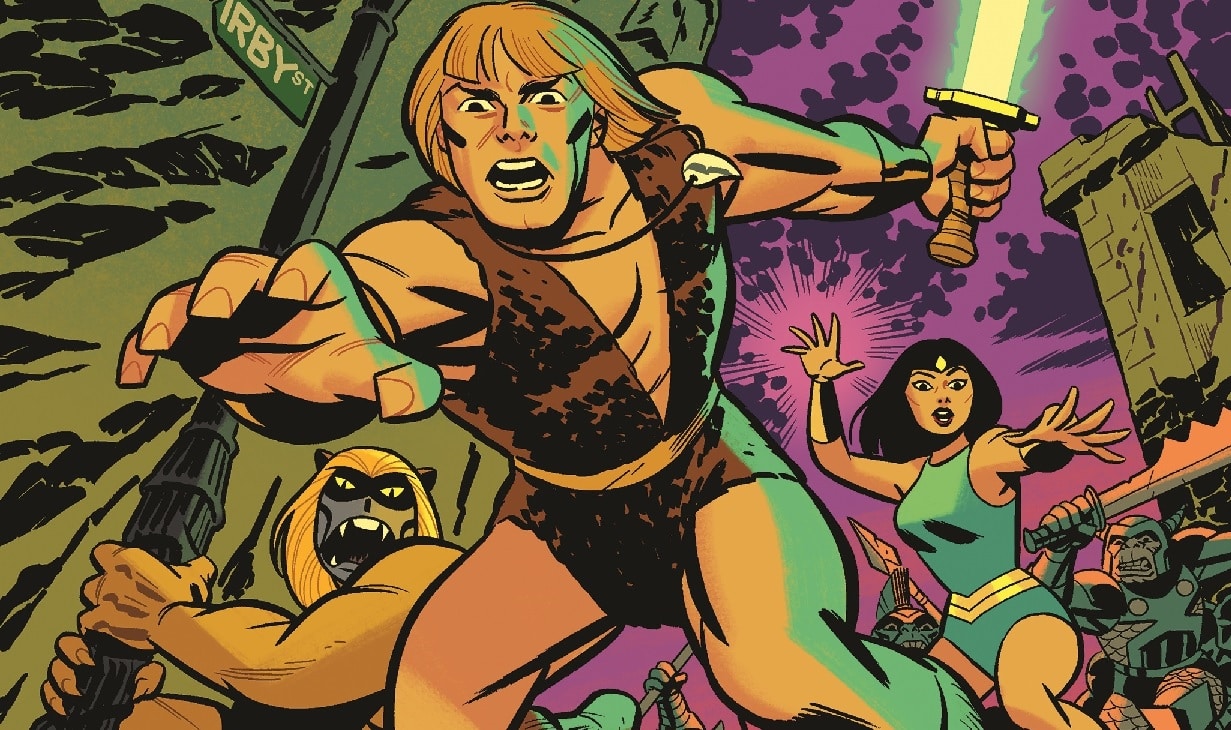


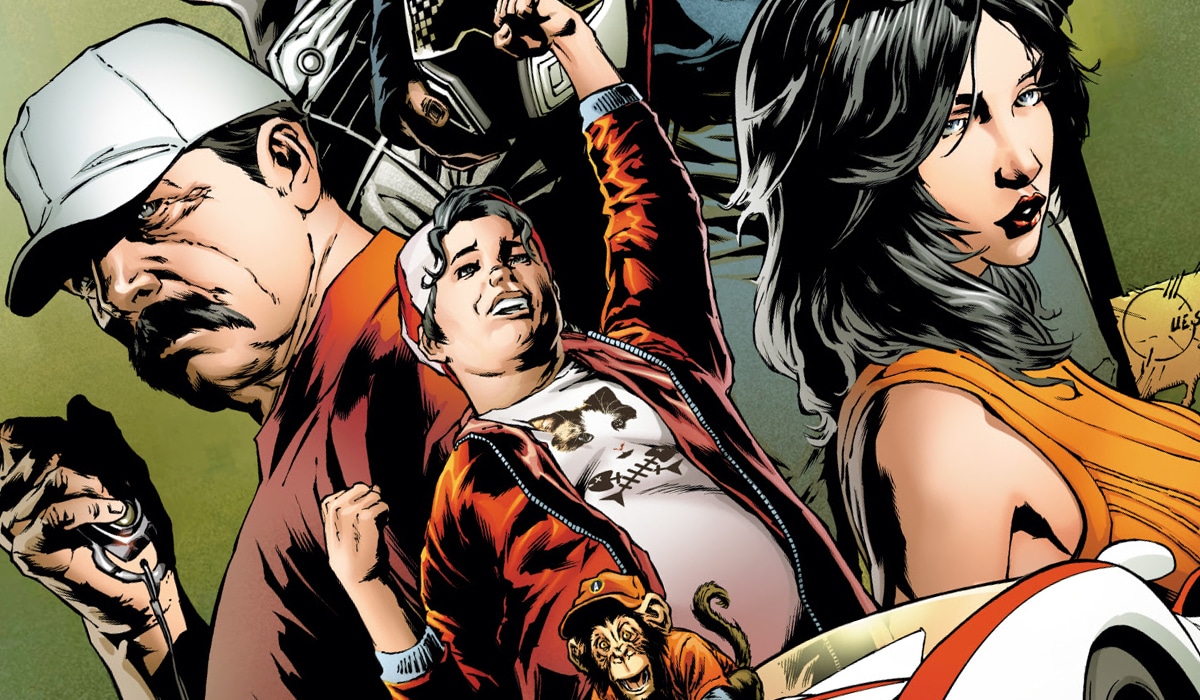
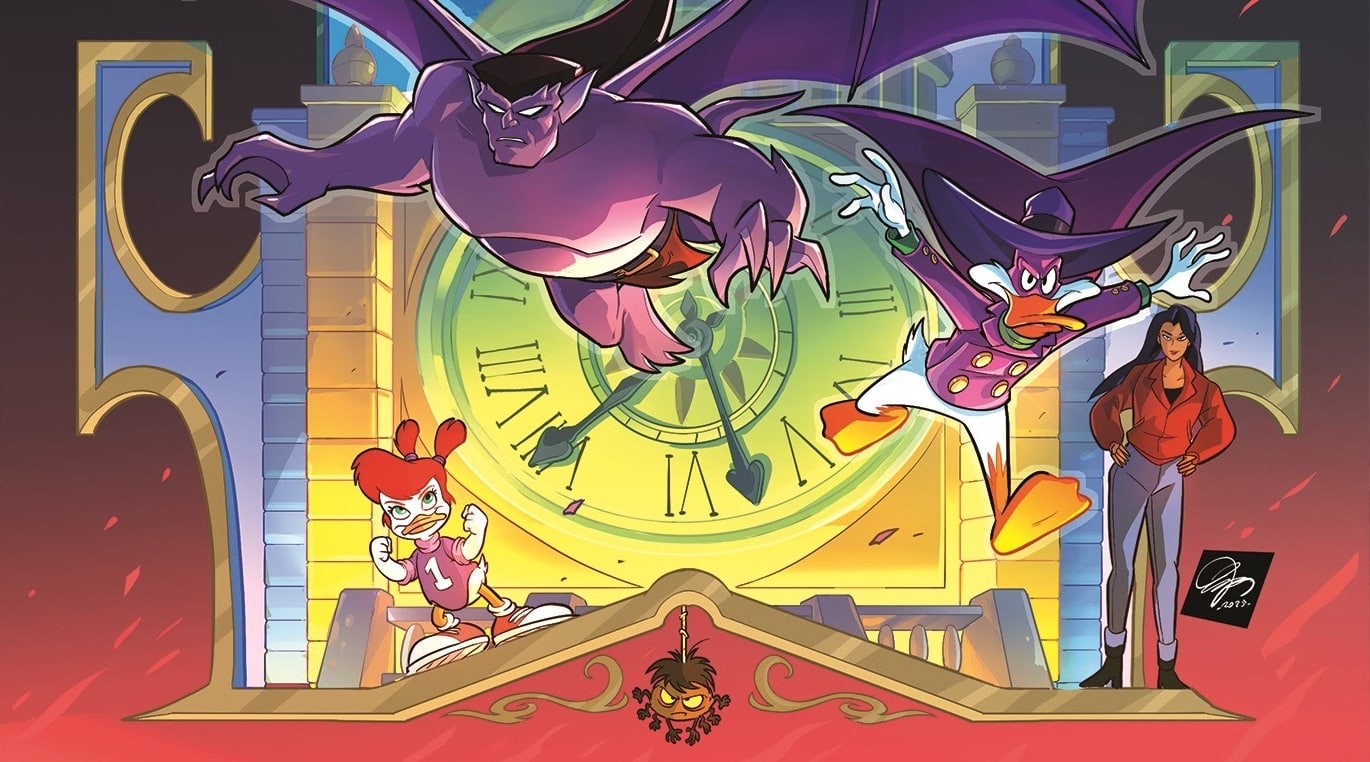

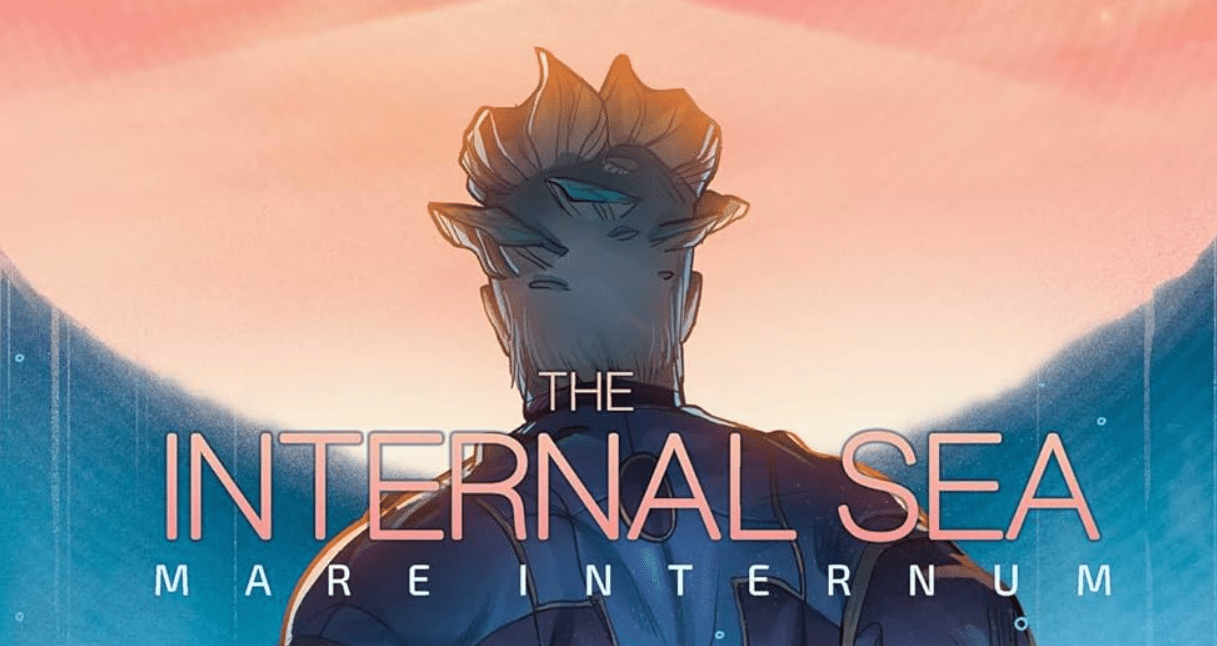








 English (US) ·
English (US) ·